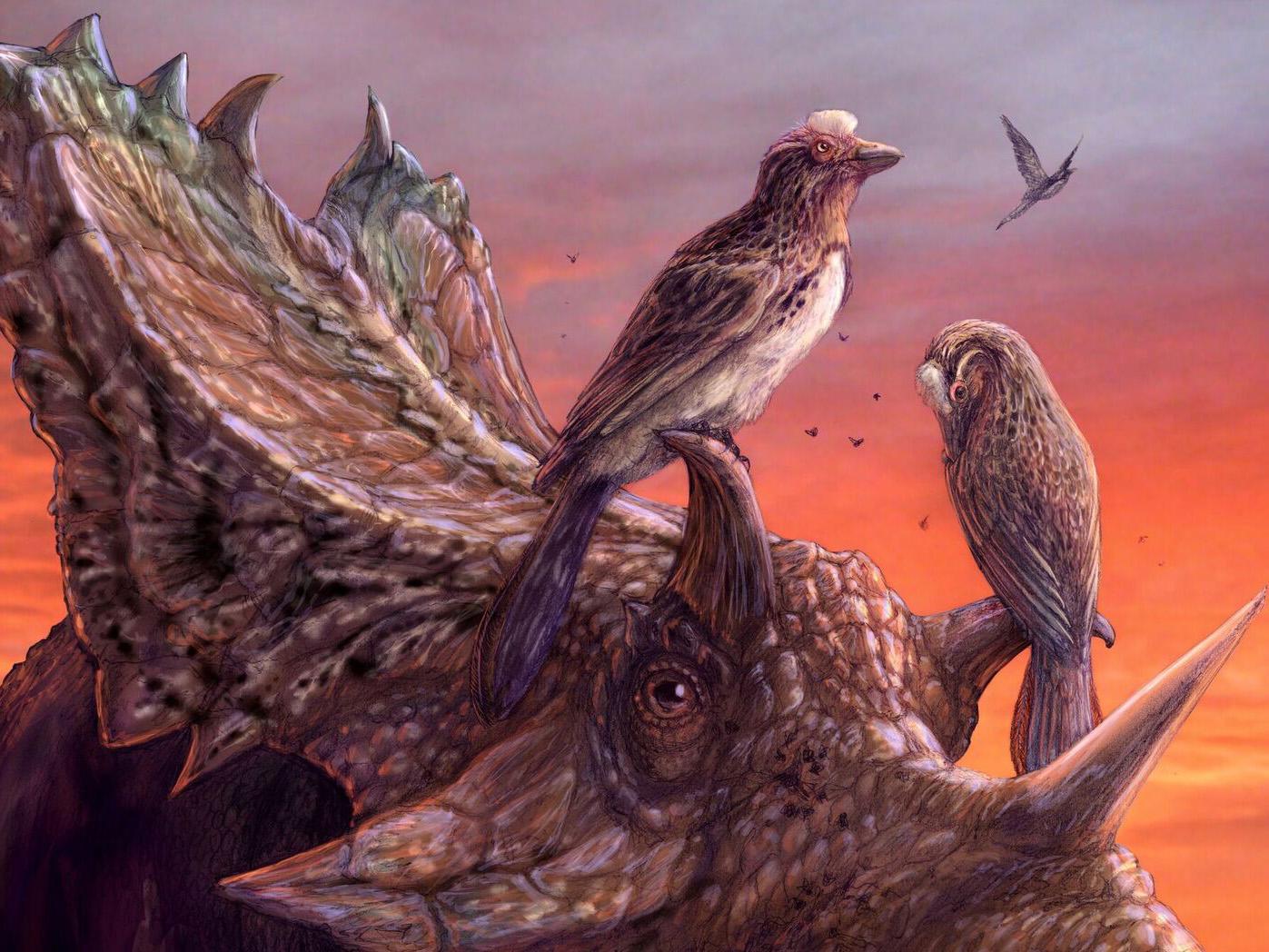Extinction mystery deepens after discovery of bird fossil from age of dinosaurs
Analysis of perfectly intact Mirarce eatoni reveals that it was just as well adapted to flight as modern birds, prompting questions about why it was wiped out

Your support helps us to tell the story
From reproductive rights to climate change to Big Tech, The Independent is on the ground when the story is developing. Whether it's investigating the financials of Elon Musk's pro-Trump PAC or producing our latest documentary, 'The A Word', which shines a light on the American women fighting for reproductive rights, we know how important it is to parse out the facts from the messaging.
At such a critical moment in US history, we need reporters on the ground. Your donation allows us to keep sending journalists to speak to both sides of the story.
The Independent is trusted by Americans across the entire political spectrum. And unlike many other quality news outlets, we choose not to lock Americans out of our reporting and analysis with paywalls. We believe quality journalism should be available to everyone, paid for by those who can afford it.
Your support makes all the difference.The skeleton of a vulture-sized bird from 75 million years ago has reignited a long-standing mystery about extinctions and the bird family tree.
Dubbed Mirarce eatoni, the unusual creature would have lived alongside dinosaurs in what is now Utah.
Analysis of the perfectly intact fossil specimen has revealed it was fully feathered and appears to have been just as well adapted to flight as modern birds.
It belongs to an extinct group called the enantiornithines – “opposite birds” – which, despite being very common for millions of years, were completely wiped out by the devastating asteroid that killed the dinosaurs.
Only one group of birds survived this cataclysm, ultimately giving rise to all the species we see today.
“We know that birds in the early Cretaceous, about 115 to 130 million years ago, were capable of flight but probably not as well adapted for it as modern birds,” said Professor Jessie Atterholt from Western University of Health Sciences.
“What this new fossil shows is that enantiornithines, though totally separate from modern birds, evolved some of the same adaptations for highly refined, advanced flight styles.”
The specimen was originally unearthed in Utah back in 1992, and has since resided in a collection at the University of California Museum of Palaeontology.
After examining the remains, Professor Atterholt and her colleagues found that Mirarce had a larger breastbone than any other enantiornithines that had been discovered.
This would have allowed sizeable flight muscles to attach, and suggests this group evolved the power of advanced flight separately from modern birds’ ancestors.
Rough patches on the bones known as “quill knobs”, which anchor wing feathers to the skeleton, are further evidence of Mirarce’s capacity for advanced flight.
The question of why only modern bird ancestors survived mass extinction has been a hot topic of debate, and the discovery that this long-extinct species of enantiornithine was an expert flyer has further puzzled the palaeontologists analysing it.
“We find their fossils on every continent, all over the world, and their fossils are very, very common, in a lot of areas more common than the group that led to modern birds,” said Professor Atterholt.
“And yet modern birds survived the extinction while enantiornithines go extinct.”
One explanation for this is that enantiornithines lived primarily in forests, and when the trees were set ablaze following the asteroid strike they vanished with them.
“I think it is a really interesting hypothesis and the best explanation I have heard so far,” said Professor Atterholt.
“But we need to do really rigorous studies of enantiornithines’ ecology, because right now that part of the puzzle is a little hand-wavey.”
All bird groups originally evolved from a group of predatory dinosaurs called theropods that included well-known species like Tyrannosaurus and Velociraptor.
While Mirarce would have looked fairly similar to modern birds, it probably had teeth in its beak and claws on its wings that betrayed its dinosaur ancestry.
This study was published in the journal PeerJ.
Join our commenting forum
Join thought-provoking conversations, follow other Independent readers and see their replies
Comments